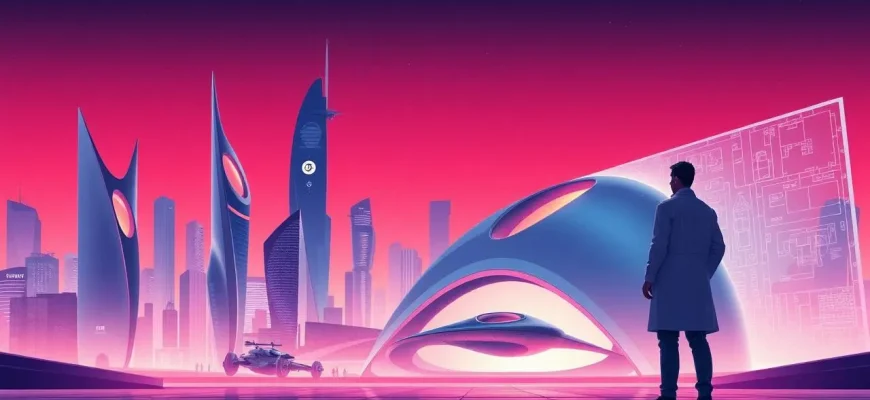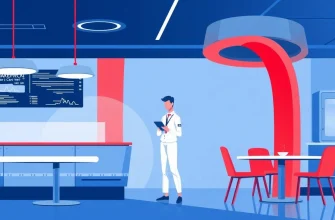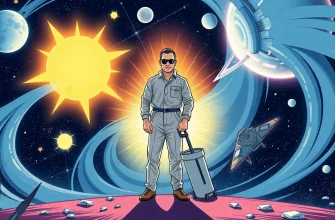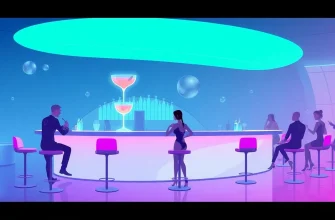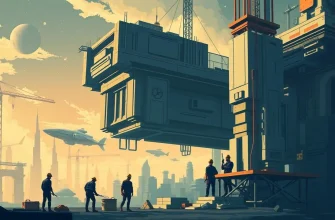Imagine a world where architects don't just design buildings but entire cities, planets, or even universes. This collection of 10 sci-fi films dives into the minds of visionary architects, showcasing how their creations can influence the future. From dystopian landscapes to utopian dreams, these movies offer a unique perspective on the power of design and architecture in shaping our existence. Whether you're an architecture enthusiast or a sci-fi fan, this list will transport you to realms where imagination knows no bounds.
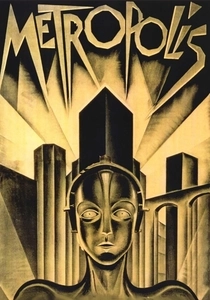
Metropolis (1927)
Description: One of the earliest sci-fi films, it showcases a futuristic city with stark contrasts between the upper and lower classes, highlighting architectural disparity.
Fact: The film's set design was so elaborate that it took over a year to construct, and it influenced countless films and architects.
 Watch Now
Watch Now 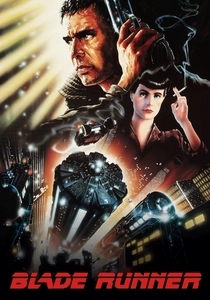
Blade Runner (1982)
Description: The film's setting in a dystopian Los Angeles features towering, decaying structures, reflecting a society where architecture mirrors societal decay.
Fact: The film's production design was influenced by the work of French artist Moebius, known for his detailed and futuristic cityscapes.
 Watch Now
Watch Now 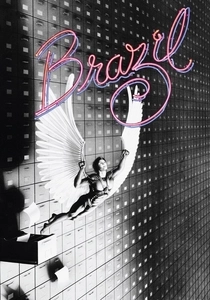
Brazil (1985)
Description: This dark comedy features a bureaucratic dystopia where architecture is both oppressive and absurd, reflecting the film's critique of modern society.
Fact: The film's sets were designed to look like a mix of 1930s and 1980s aesthetics, creating a unique, timeless feel.
 Watch Now
Watch Now 
Dark City (1998)
Description: The city itself is an ever-changing architectural experiment, manipulated by mysterious beings known as the Strangers, exploring themes of identity and reality.
Fact: The film was shot almost entirely on a soundstage, allowing for the creation of a unique, fluid cityscape.
 Watch Now
Watch Now 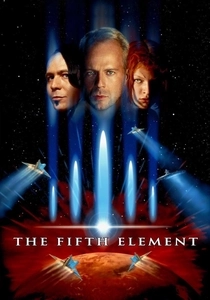
The Fifth Element (1997)
Description: The film's setting in a futuristic New York City showcases a blend of architectural styles, from ancient Egyptian to ultra-modern, creating a visually rich environment.
Fact: The film's production design was influenced by the work of Jean Giraud (Moebius), who also worked on "Blade Runner."
 Watch Now
Watch Now 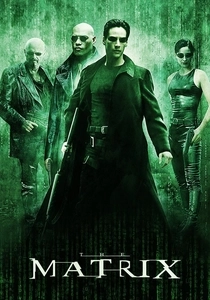
The Matrix (1999)
Description: While not directly about architects, the Matrix itself can be seen as an architectural construct, with the Wachowskis creating a world where architecture defines reality.
Fact: The film's visual effects were groundbreaking, using a technique called "bullet time" to create slow-motion effects.
 Watch Now
Watch Now 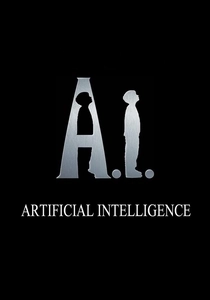
A.I. Artificial Intelligence (2001)
Description: The film explores a future where cities are designed to accommodate both humans and advanced robots, showcasing a new form of architectural planning.
Fact: The film was originally conceived by Stanley Kubrick, but after his death, Steven Spielberg took over the project, blending their visions.
 Watch Now
Watch Now 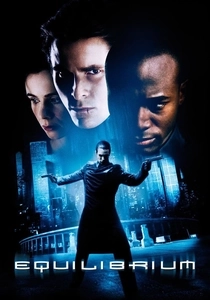
Equilibrium (2002)
Description: In a dystopian future where emotions are outlawed, the architecture reflects the oppressive regime, with stark, uniform buildings symbolizing control and conformity.
Fact: The film's architecture was inspired by fascist and totalitarian architecture, particularly from Nazi Germany and Soviet Russia.
 Watch Now
Watch Now 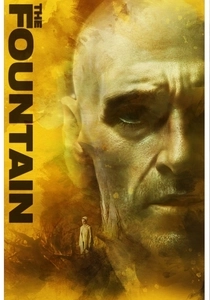
The Fountain (2006)
Description: This film intertwines three stories, one of which features a futuristic architect designing a tree of life, symbolizing the eternal quest for immortality through architecture.
Fact: The film was originally conceived as a trilogy, but was condensed into one movie due to budget constraints. Darren Aronofsky, the director, also co-wrote the screenplay.
 Watch Now
Watch Now 
Inception (2010)
Description: The film explores the concept of dream architecture, where architects design dream worlds, showcasing the power of the subconscious mind in shaping reality.
Fact: The film's dream sequences were inspired by the works of M.C. Escher, particularly his impossible constructions.
 Watch Now
Watch Now 
